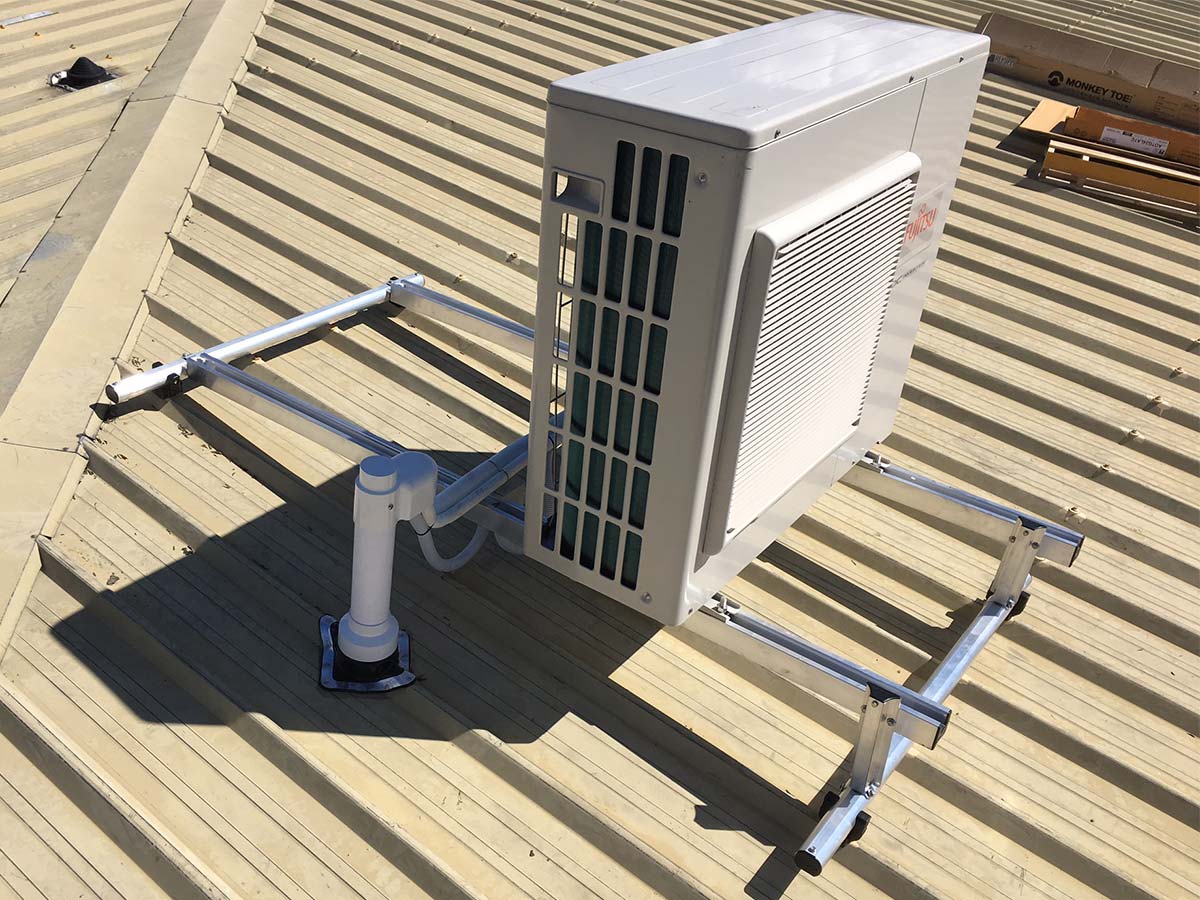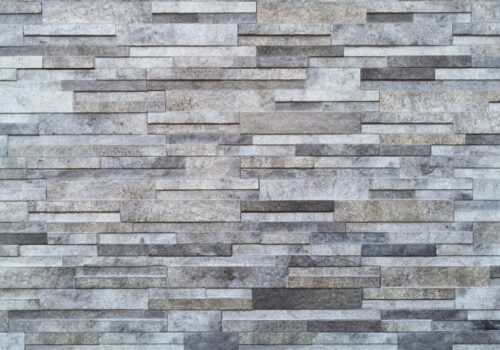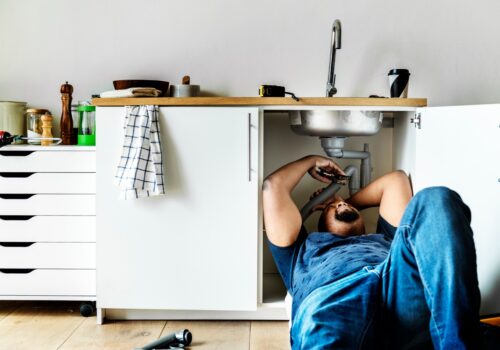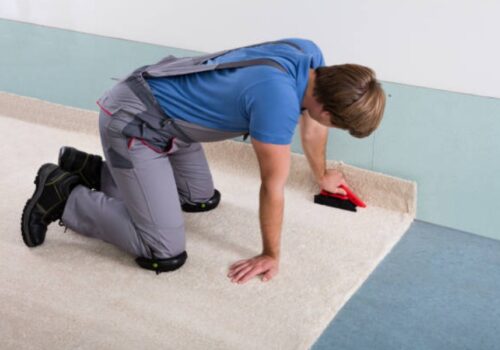What Important Tips you should Follow for Fitting a Heat Pump Auckland at Home?
It is possible to install heat pump Auckland at home successfully. In addition to providing more heat, heat pumps consume less electricity.
At home, there are various types of air conditioners, such as air-to-air systems, geothermal heat pumps, and water-source units. They also serve as central cooling devices during warm temperatures, converting warm air into cooler air.
Therefore, the buyer can choose different heat pumps for their home according to their needs. Several steps can be quickly followed to ensure a successful heat pump installation in the house without damaging any part of it.
To ensure that pumps function correctly, the ductwork and material must be of the right kind.
How to install a heat pump?
A few inches must be left between the outer part of the pump and the wall of the house. The air vents must be a few inches from the wall to ensure air movement through the heat pump.
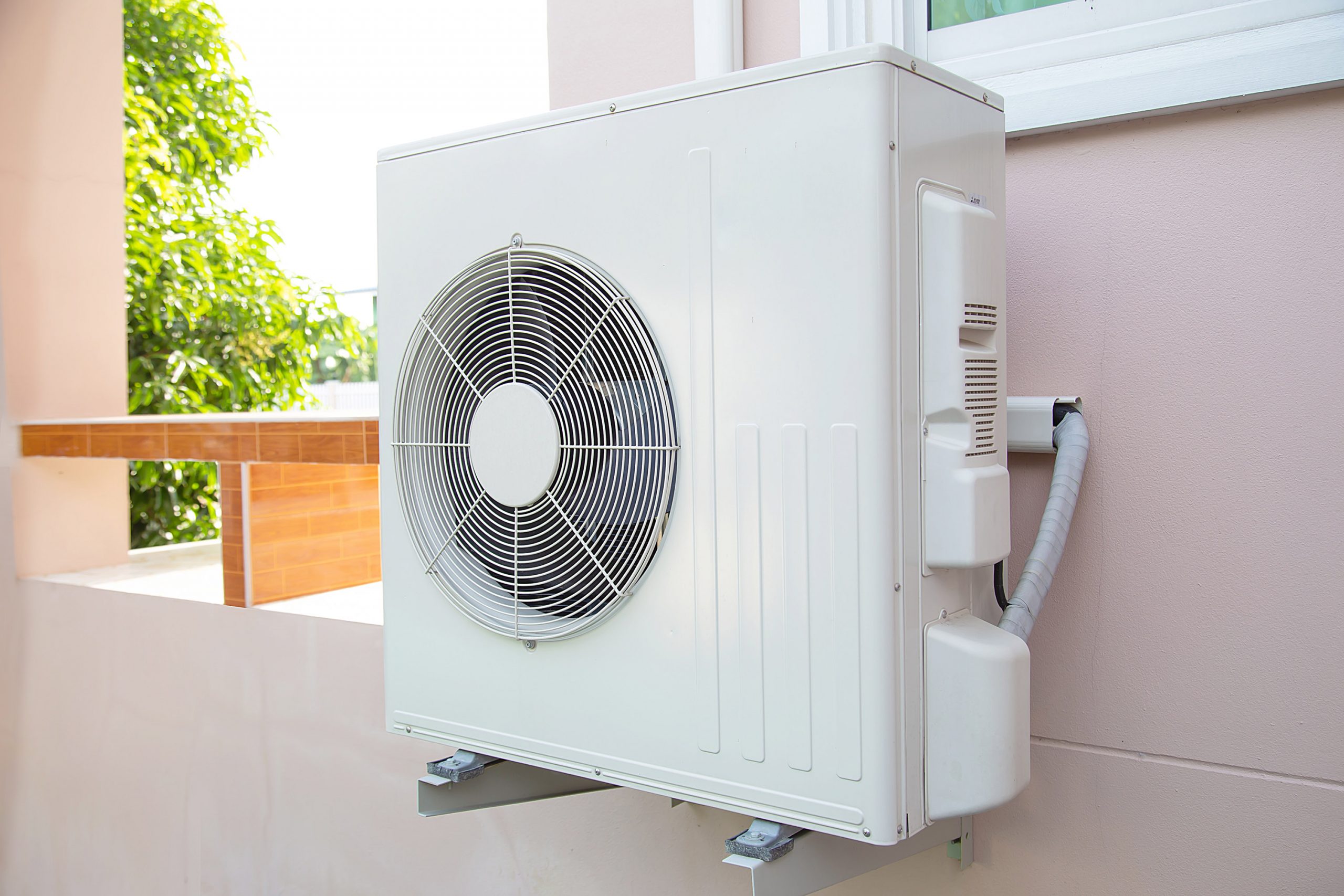
If the air vents are too close to the wall, air will not flow through the heat pump.
The clearance for ventilation must be adequate as, if it is not, the lack of airflow may lead to a disastrous fire.
The pump must not be made from combustible materials.
Where you should place a heat pump?
The heat pump must be installed outside the house. Concrete must be placed on top of the pump, and gravel must be placed around it once the pump is installed.
When the pump operates, isolation is vital to prevent vibrations from entering the house. In contrast, when a 3-ton heat pump operates at total capacity, it will destroy the ceiling. Inside the home, you must install two handlers.
In the case of long distances, it is preferred that the distance be less than 15 feet or that filter wires not be too high. Furthermore, the tubing must be surrounded by at least one and a half inches of insulation.
Power run equipment’s safety and efficiency depend on insulating well and safely.
Can you place it on the rooftop?
Auckland heat pumps may need to be anchored to a rooftop at times. To anchor the pump to the roof, isolators are used. A level roof curb is necessary, and it must hold the pump.
Copper tubes must be used to connect the inside and outside units. Once the copper tubing has been inserted into the pump, the valve cap must also be closed tightly. To learn more about this topic visit our website.

